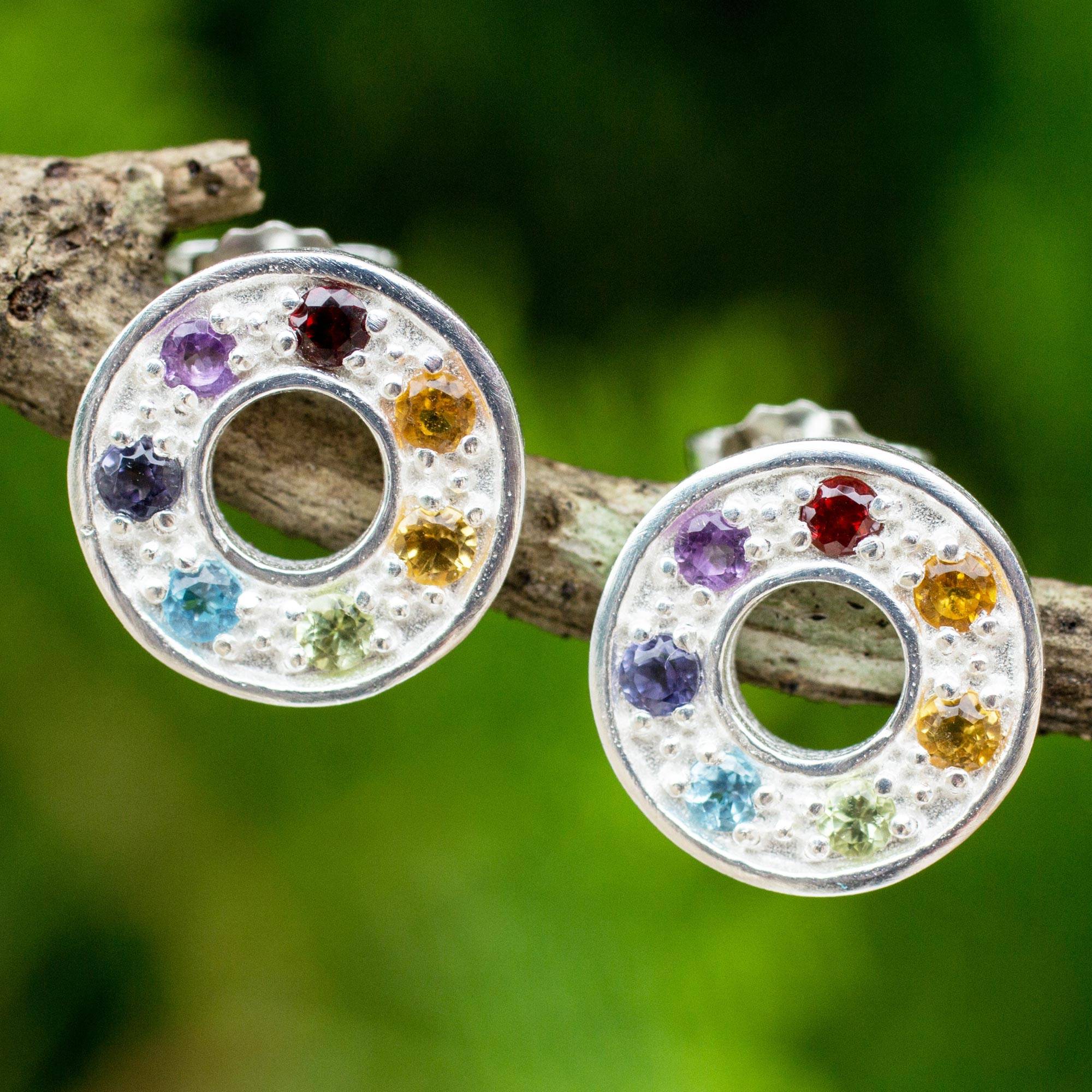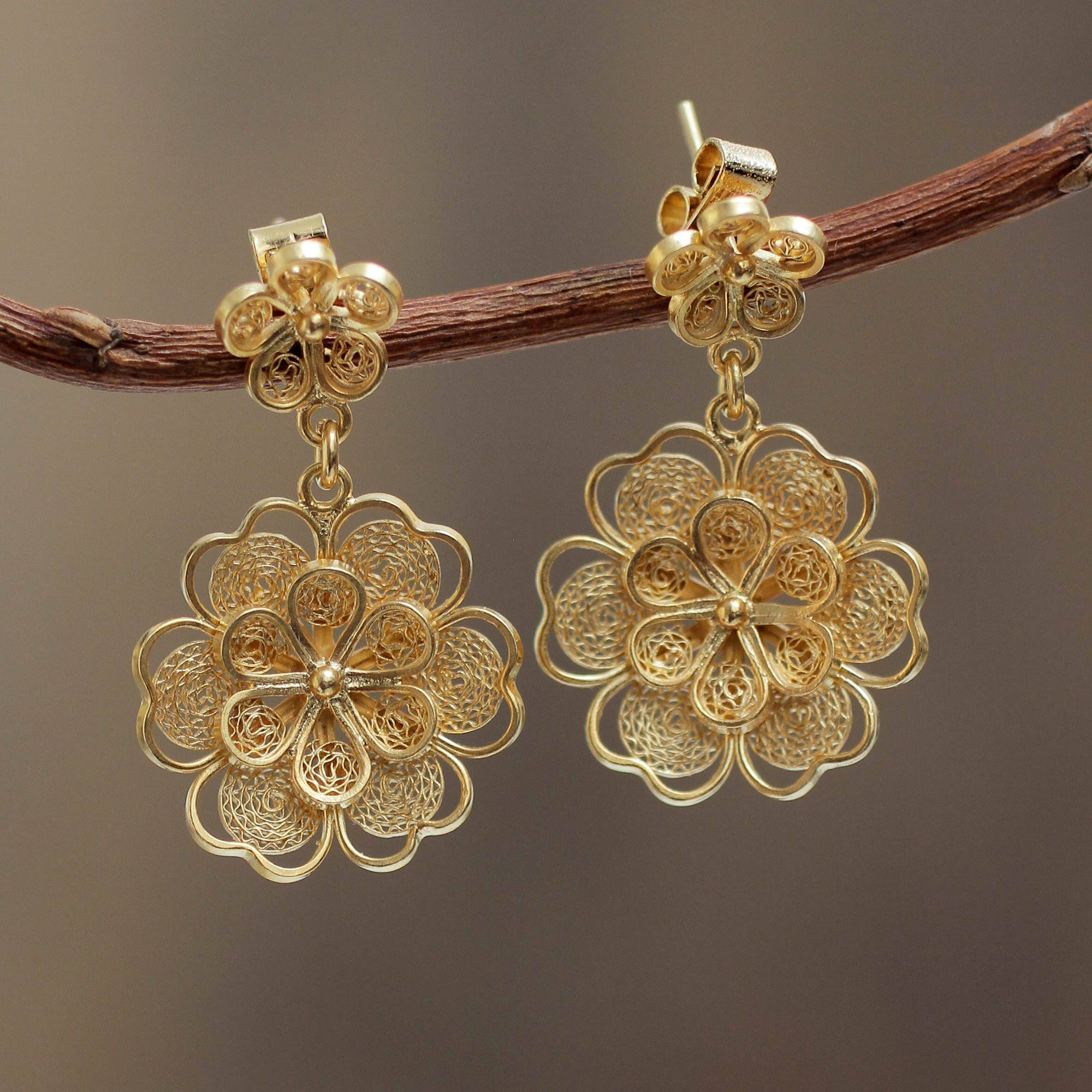
VILLAGE COUNCIL -WOMEN’S EARRINGS FAQ
Earrings are one of our oldest forms of jewelry, used to signal status, rank, function, as well as for ornamentation. Today, we may forget the rich history and meaning behind some of these traditional works, but global artisans are working hard to make sure we remember. From extravagant earrings woven of fine metal filigree to colorfully-beaded masterpieces that add vibrancy to any look, these treasures are one-of-a-kind works of art that reflect the originality and creativity of their makers. Here are some of our most frequently asked questions about handmade earrings.
Attention to detail, patience and expert craftsmanship are the essential ingredients that go into every pair of traditional earrings. Whether the style involves hand-beading, copal wood carving, metal work, fabric or filigree, processes often date back generations, and are handed down through families and artisan communities. One of the oldest methods of earring-making is jewelry casting. It is an art form that has been in existence for thousands of years. From the time that ancient civilizations learned to melt metal, they have been pouring molten gold and silver into cavities of stone, plaster, sand, and cuttlefish bone. Once hardened, castings were then broken free from their encasings and tooled into shape. While much has changed since these primitive forays, much remains the same. Around the world, artisans still use metal casting as an important process in jewelry making. Many cultures also make use of metal threads in their jewelry. Silver alloy, for example, is made in sheets or fine threads using a range of tools. Filigree, a delicate and beautiful art form, uses a process of weaving thin metal threads into a particular pattern or design. Regardless of the method of production, each pair of traditional earrings reflects the artisan’s unique vision combined with processes passed down through generations.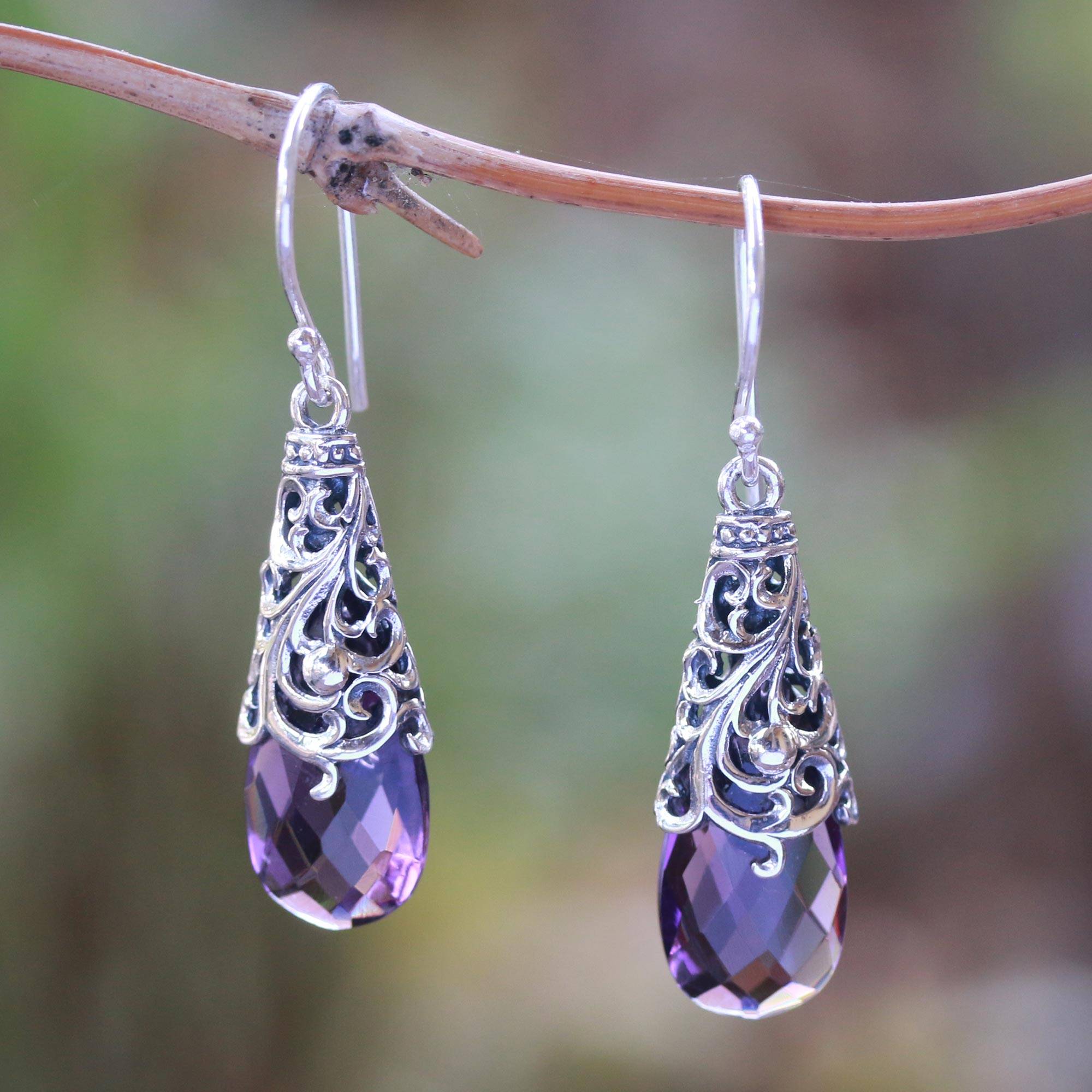
While modern shapes and patterns may be new, earrings have actually been in existence for more than 7,000 years. In ancient cultures throughout Asia and Northern Africa, these pieces were traditionally worn by the wealthy elite who relied on accoutrements to communicate their status and position in society. In the Mesoamerican region of what is now Central America, earrings had religious significance and were worn by both men and women to honor pre-Hispanic deities. In ancient Peru, leaders adorned themselves in ceremonial garb, including earrings, which may have been used to indicate rank, function, religious codes, as well as emblems of power and prestige. Throughout history, earrings have been markers of social position and identity. While we may forget that this tremendous history lies behind a pair of modern earrings, global artisans work to keep ancient traditions alive.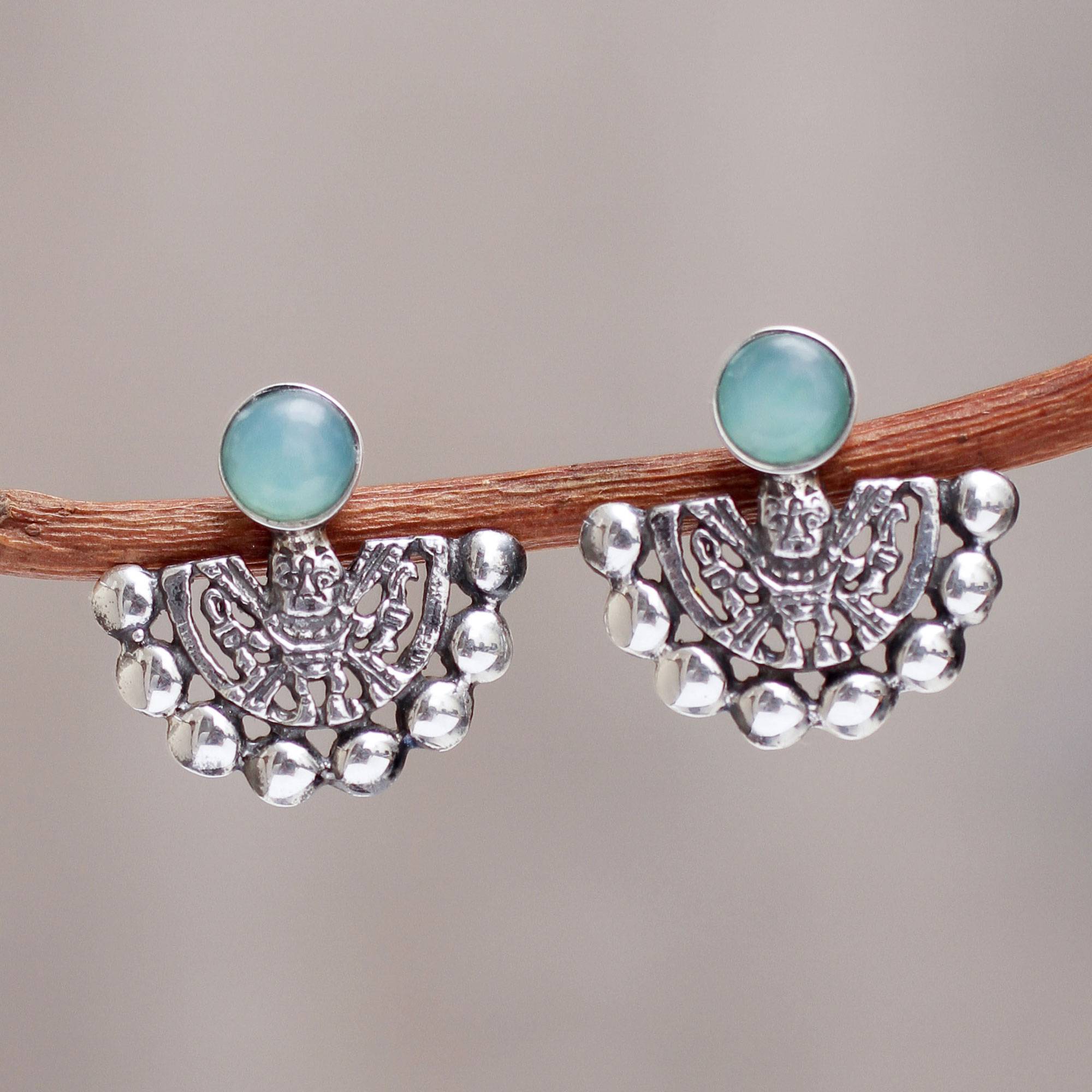
There is no “best” when it comes to handmade earrings. However, certain materials lend themselves well to jewelry. Silver and gold, for example, are frequently used to make earrings because of their luster and shine. Each region puts its own unique touch on the art of earring-making. Most use some combination of silver, gold, gemstones, wooden or glass beads, and bones. Some regions, like West Africa, have found ways to introduce up-cycling into the jewelry-making process. Recycled plastic and paper beads, as well as coconut shells are commonly integrated into beautiful works of earring art. Whatever materials used, quality and safety are always our top priorities. Each pair of earrings is tested to ensure its safety. If you do have sensitive skin, you may consider rhodium plated earrings, as rhodium is completely hypoallergenic. You can always find all relevant information about materials in the product description.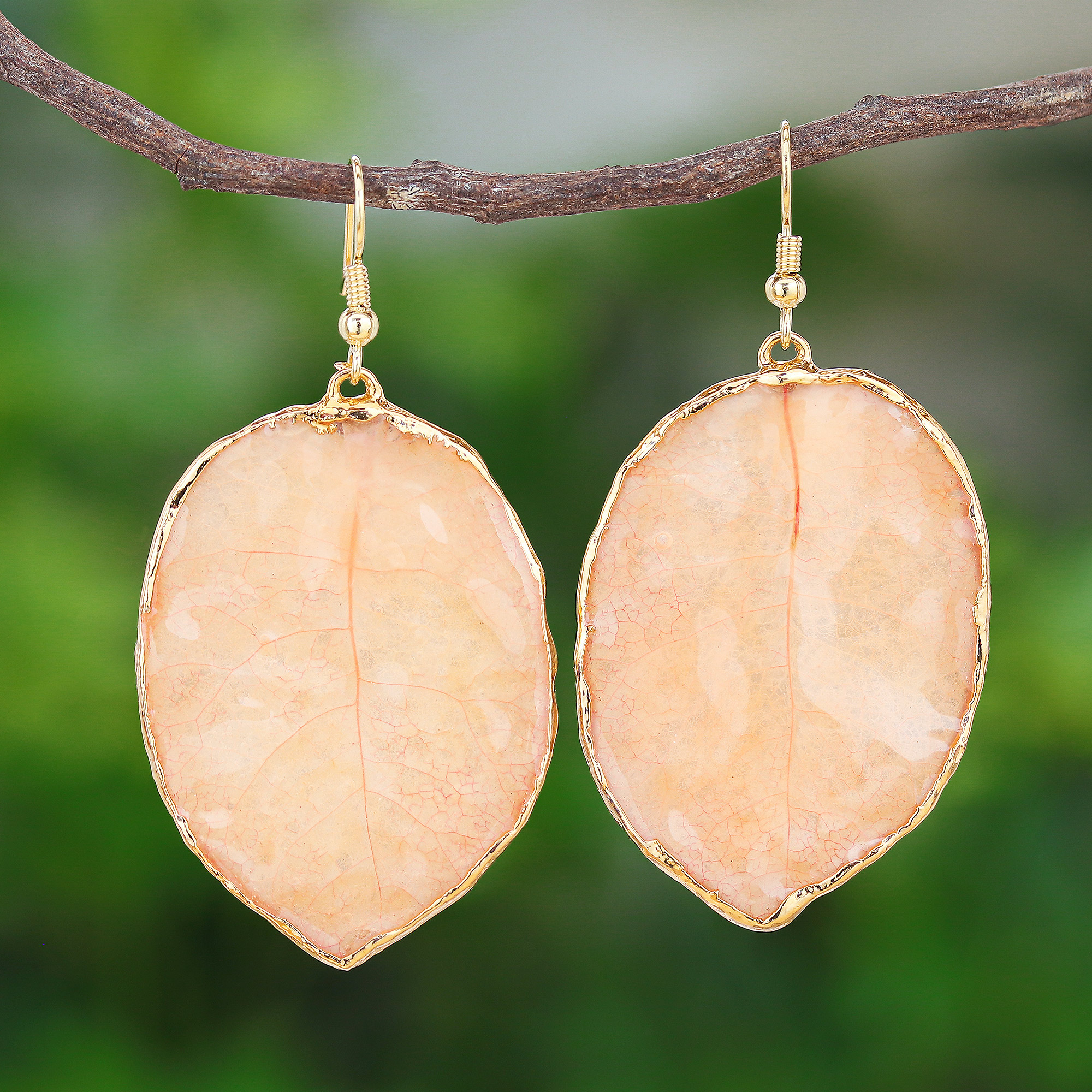
Yes! We offer a wide selection of earrings that are made from eco-friendly materials. Cow bone, water buffalo horn, fabric, recycled paper, wood, palm leaf and coconut shells, just to name a few. Product descriptions always list materials used, so be sure to read about each product to discover how artisans are working to ensure sustainability and environmental consciousness.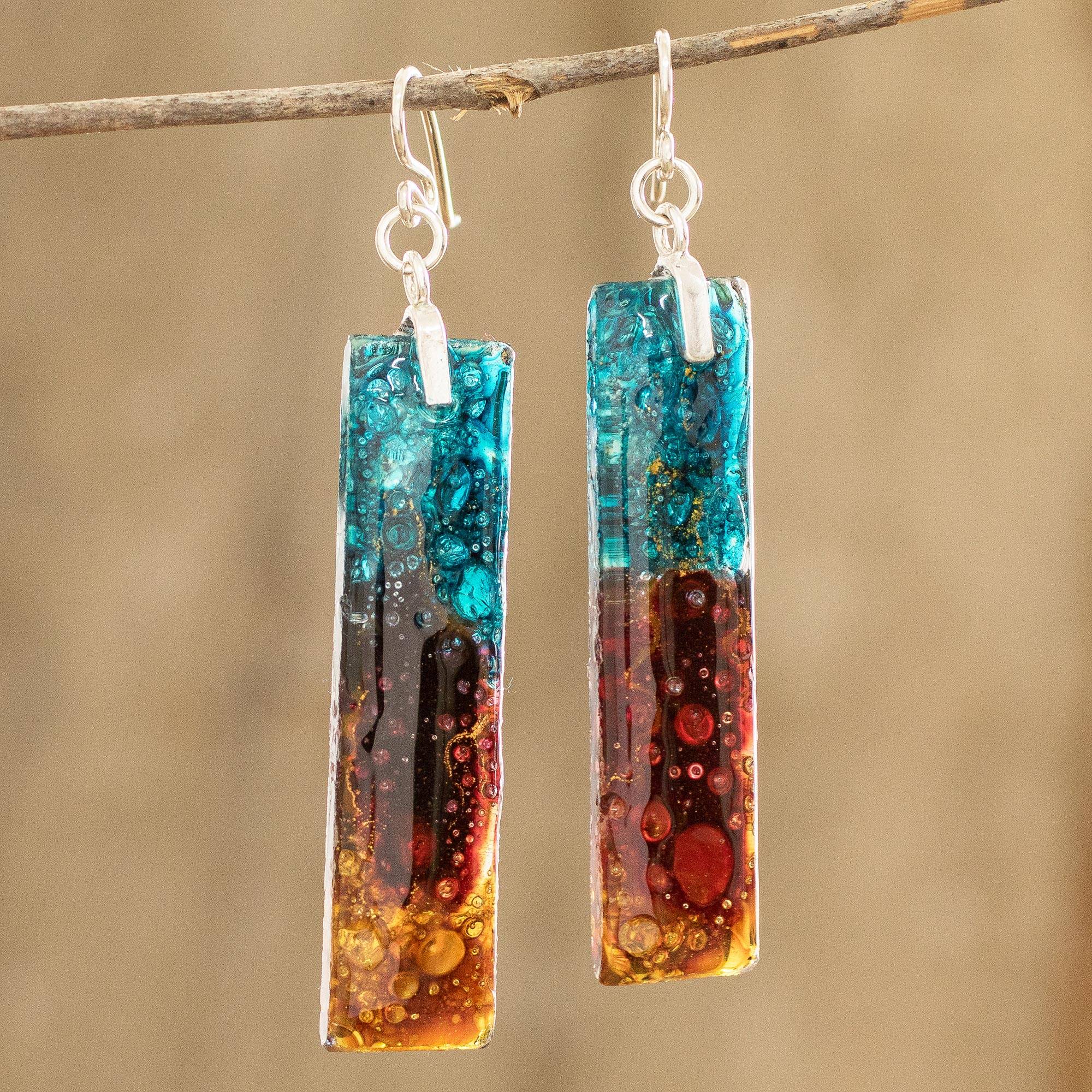
Each piece of handmade jewelry has its own unique characteristics. Slight variations and imperfections in texture, color and shape are often a sign that a pair of earrings is handmade rather than factory produced. Additionally, unique patterns and finishing techniques, like metal stamping done by the Karen hill tribes in Thailand, are a sure sign that jewelry is handmade. Fine tooling and intricate details, like filigree, are also evidence of the maker. Natural stones that have been cut, polished, and mounted are a good indication, as well as metal that must be welded, soldered or carved. While there is no foolproof way to know if an item is handmade, always look for artisans and organizations that promote traditional craftsmanship.
Absolutely! Jewelry is an art form that allows makers to express their individuality and cultural influences, and certain designs are used to represent important symbols. For example, Central American artisans incorporate traditional figures, glyphs, and pre-Hispanic folklore. In Mexico, the famous work of artists Angel Ortiz, Maria Belen Nilson, and Rosa Rojo highlight the beauty of Aztec, Mayan and Teotihuacan civilizations. In Peru, powerful symbols, like the Andean chakana, are used to represent humanity’s union with the cosmos. Indian artists are extremely tied to their faith and spirituality. Earring designs include chakra gemstones, motifs of Lord Ganesha, and other spiritual imagery. In Bali, the Om symbol is prevalent, as well as the mythological panther-like Barong image, which is seen as a protector spirit. Designs pulled from the natural world, like animal figures, feathers, plants, as well as stones, are used in almost every culture, which then infuses them with their own particular meanings.